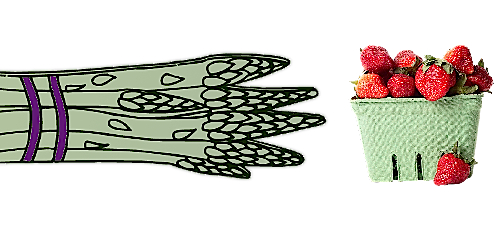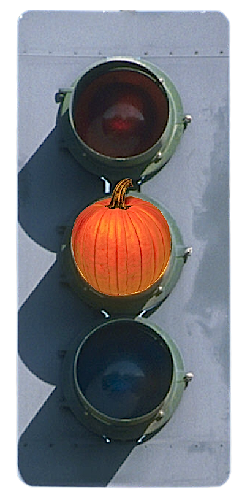The British government’s plans really are as mad as they sound. Try this example for size:
Fresh produce importer PML Seafrigo runs a private BCP at Lympne, near Dover. Company director Mike Parr picks up the story:
“PML Seafrigo has its own 24/7 border control post at Lympne, which is the closest point of entry to the Port of Dover (closer than Sevington), we have a dedicated transport and logistics hub for imported goods and yet our customers will still be charged the CUC even though they will not be using the Sevington facility.
“The government is effectively asking businesses such as ours to collect taxes on their behalf. And the fact that this fee will be reviewed and updated annually by Defra is itself worrying, it could easily be increased in 12 months’ time.
Parr is outraged by the casual way the government is abusing the trust of the country’s traders.
“The common user charge (CUC) is effectively another business tax that will be applied to each commodity line in a Common Health Entry Document (CHED). Although fees are capped – £145 for every consignment arriving via the Port of Dover or Eurotunnel –this is another expense for importers and retailers to bear, which will of course be reflected in further delays at the ports and another price hike for essential food items.
“What is particularly frustrating is that the fee is being levied for all fresh produce / plants goods passing through Dover or Folkestone – even if they don’t pass through the government controlled inspection post at Sevington.”
The question that most people would want an answer to is “WHY is the British government waging war on the very people that it claims to support? Any ideas, please add as a comment.

